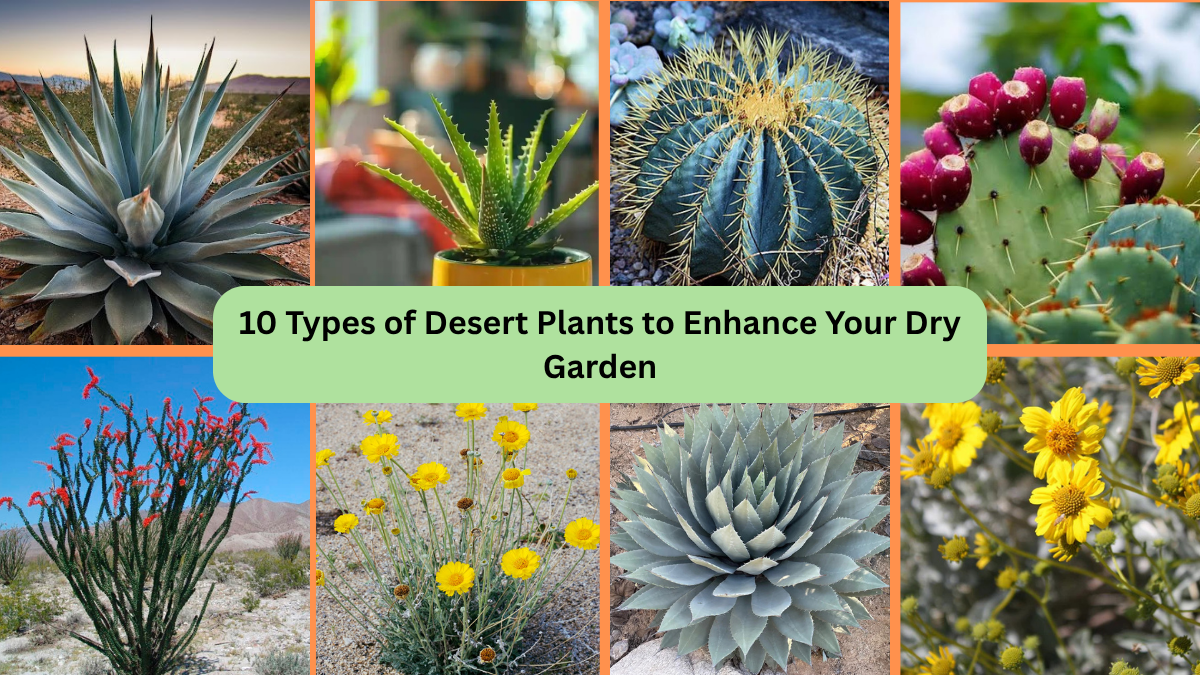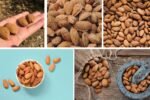Creating a dry garden doesn’t mean sacrificing color, texture, or beauty. Desert plants are a brilliant way to add character to your outdoor space while embracing low-water, drought-tolerant landscaping. These hardy, sun-loving species come in striking forms — from sculptural succulents and spiky cacti to graceful flowering plants. Not only do they thrive in tough conditions, but many also attract pollinators and add architectural interest. Let’s discover 10 stunning desert plants that will transform your dry garden into a showstopping landscape.
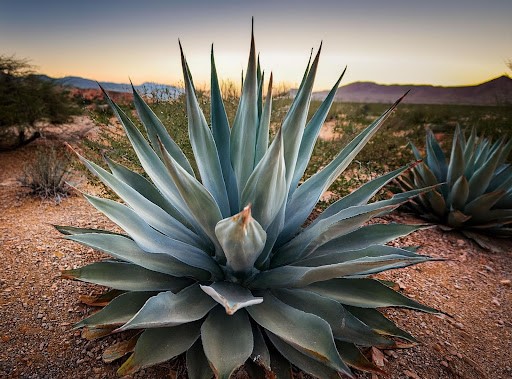
1. Agave (Agave spp.)
Agaves are iconic desert plants known for their dramatic, rosette-shaped leaves with spiky edges. Ranging in size from compact varieties to massive century plants, agaves are drought-tolerant, requiring very little maintenance once established. Their fleshy leaves often have beautiful blue-green, gray, or variegated hues. Though agaves flower only once in their lifetime — producing towering stalks with blooms — their architectural presence makes them a focal point in any dry garden. Plant them in well-drained soil and full sun for best results.
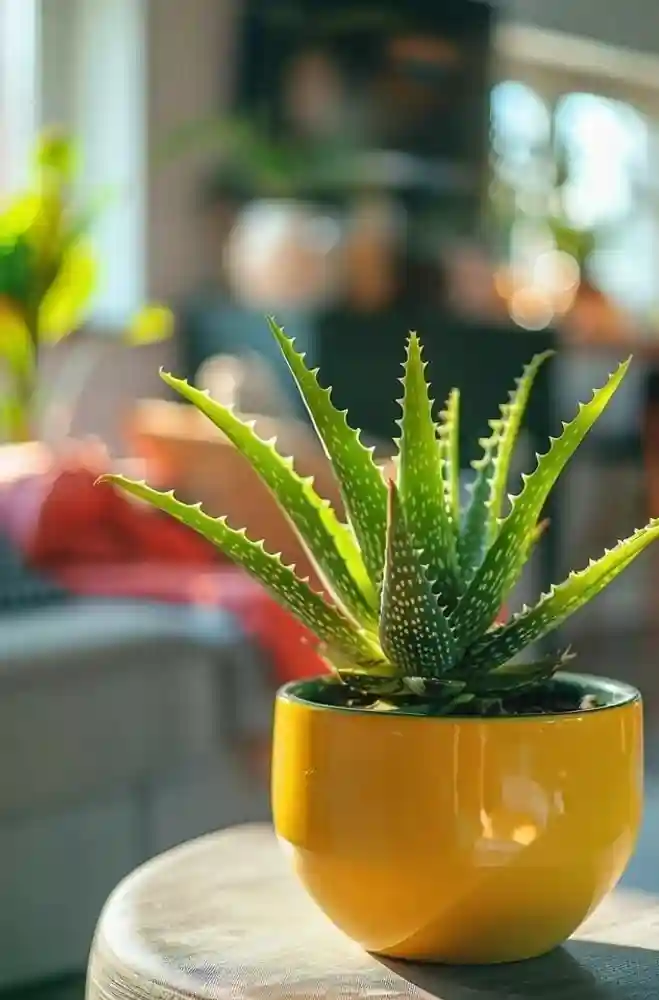
2. Aloe Vera (Aloe barbadensis miller)
More than just a medicinal plant, Aloe Vera is a lovely addition to desert-themed gardens. Its thick, spiky green leaves store water, making it highly drought-resistant. The plant occasionally sends up tall, tubular orange or yellow flowers that attract hummingbirds. Besides being visually appealing, its gel-filled leaves offer healing properties for burns and skin irritations. Aloe thrives in sandy, well-drained soil and plenty of sunshine, and it’s perfect for rock gardens, patio pots, or mixed succulent beds.
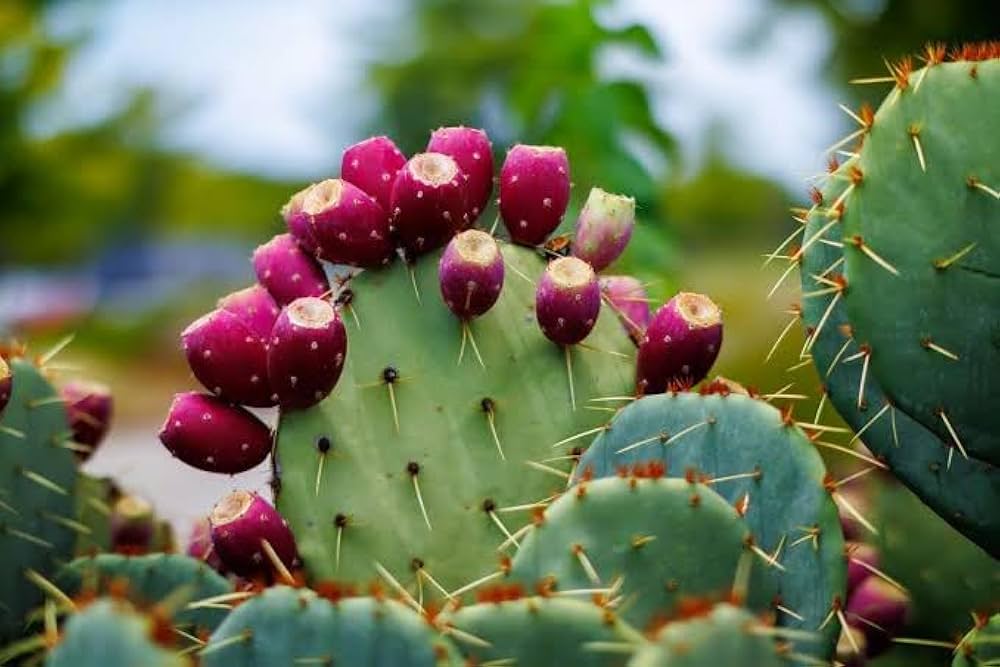
3. Prickly Pear Cactus (Opuntia spp.)
With its flat, paddle-shaped pads and vibrant blooms, the Prickly Pear Cactus brings color and texture to arid gardens. In spring and early summer, this hardy cactus produces stunning yellow, pink, or red flowers followed by edible fruits known as “tunas.” Its pads vary in size and often feature tiny, hair-like spines. Prickly Pear requires minimal water and flourishes in poor, rocky soil. It’s an excellent plant for creating a natural barrier or adding dramatic flair to a desert landscape.

4. Desert Marigold (Baileya multiradiata)
The Desert Marigold is a cheerful perennial that lights up dry gardens with bright, golden-yellow daisy-like flowers. Blooming from spring to fall, this sun-loving plant tolerates extreme heat and drought effortlessly. Its silvery-green foliage offers a soft contrast against bolder succulents and cacti. Desert Marigold grows well in sandy or rocky soil and requires excellent drainage. Besides adding vibrant color, it attracts bees and butterflies, making it a delightful addition to pollinator-friendly dry landscapes.
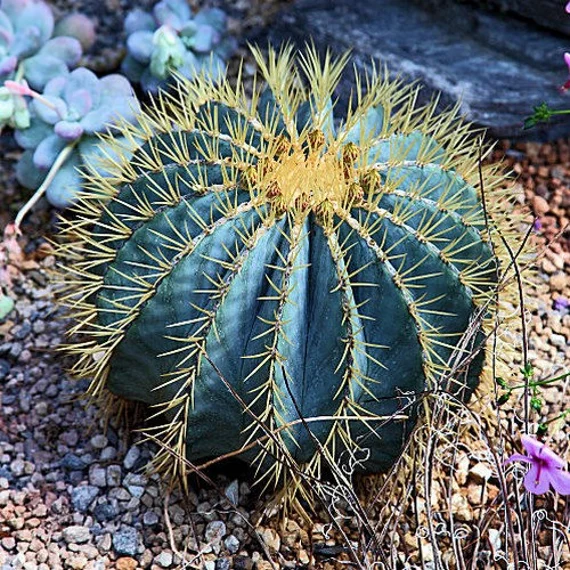
5. Barrel Cactus (Ferocactus spp.)
The Barrel Cactus is an unmistakable feature in arid gardens, prized for its rounded, ribbed shape and impressive spines. This slow-growing cactus can live for decades, often producing bright yellow, orange, or red flowers at its crown. Native to North and Central American deserts, it’s an ideal low-maintenance choice for rock gardens or xeriscapes. Its striking silhouette pairs beautifully with agaves, yuccas, and flowering desert perennials. Ensure it’s planted in well-draining soil with plenty of sun exposure.
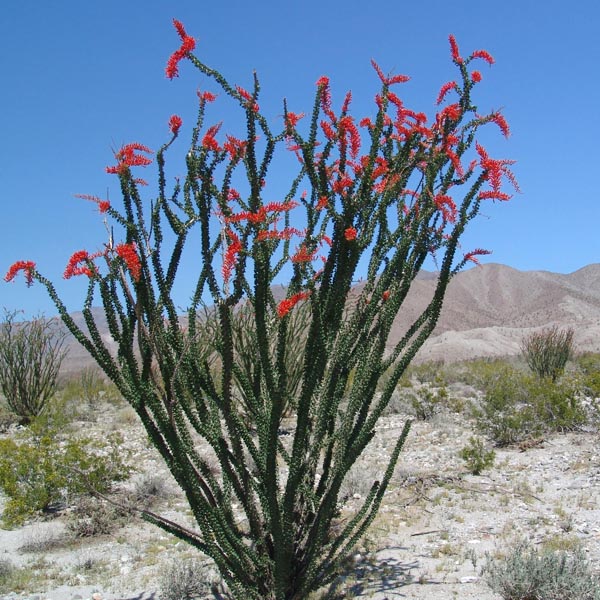
6. Ocotillo (Fouquieria splendens)
Ocotillo is a unique desert plant known for its tall, slender, spiny stems that leaf out after rain. In spring, it erupts with bright, tubular red flowers at the tips, attracting hummingbirds and other pollinators. While it appears thorny and bare for much of the year, its occasional flushes of greenery and striking blooms make it a seasonal spectacle. Ocotillo thrives in rocky, well-drained soil and full sun. Its bold vertical form makes a stunning architectural feature in dry gardens.
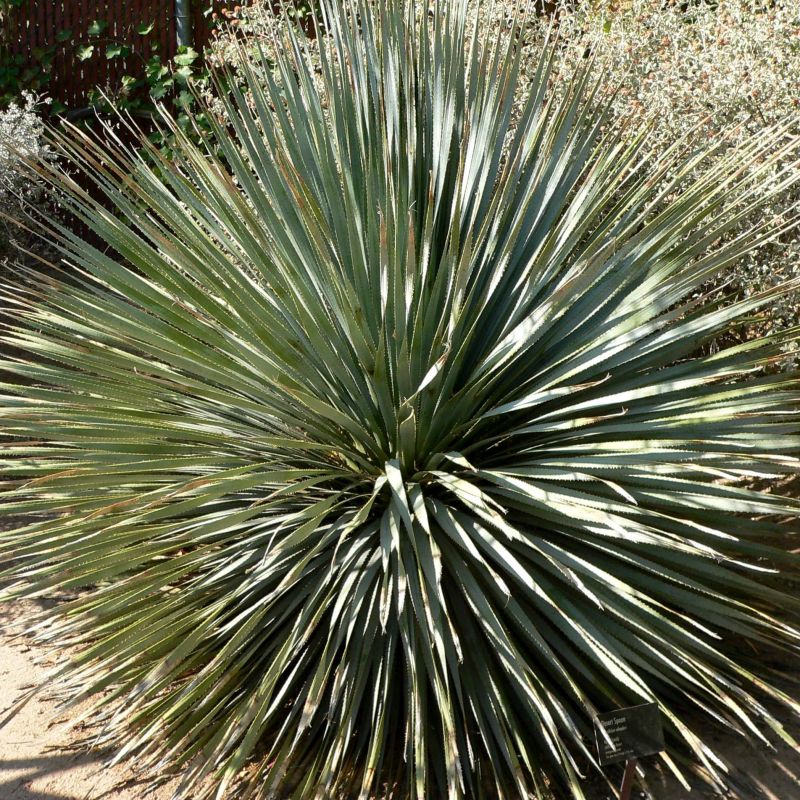
7. Desert Spoon (Dasylirion wheeleri)
Also known as Sotol, the Desert Spoon is a hardy, drought-tolerant plant with narrow, silver-blue leaves radiating from a central base. Each leaf features tiny teeth along its edge, giving it a textured, spiky appearance. In summer, mature plants produce towering flower stalks that can reach up to 15 feet. Ideal for sunny, dry areas with sandy soil, Desert Spoon adds graceful, spherical form and silvery color to arid landscapes. It’s often paired with agaves, cacti, and ornamental grasses.
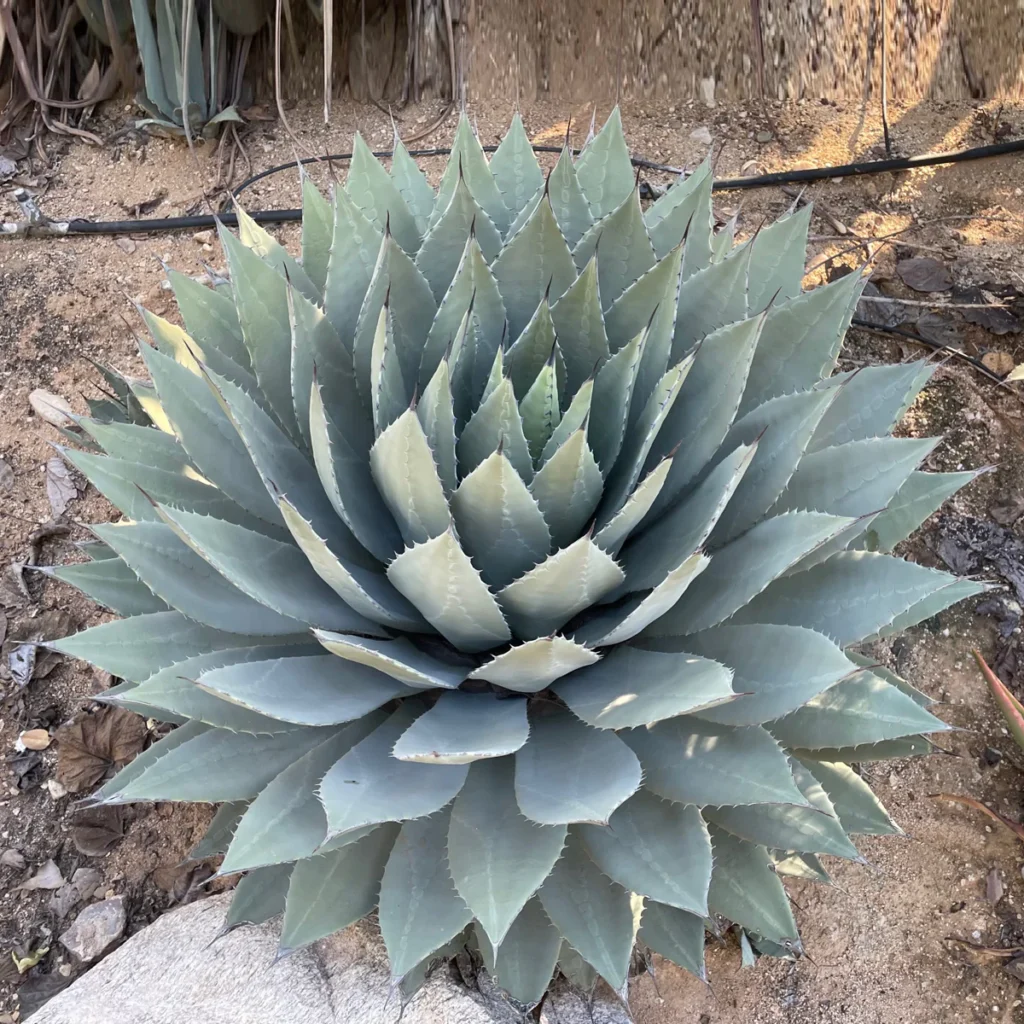
8. Parry’s Agave (Agave parryi)
Parry’s Agave is a compact, rosette-forming succulent with broad, blue-gray leaves edged with dark spines and a sharp terminal tip. This hardy, cold-tolerant species is ideal for desert and dry gardens, thriving in poor, rocky soils with minimal water. In late spring or summer, mature plants may produce a single tall stalk of yellow flowers before dying, leaving behind pups for propagation. Its dramatic form and subtle coloration make it a sophisticated choice for modern, drought-resistant landscapes.
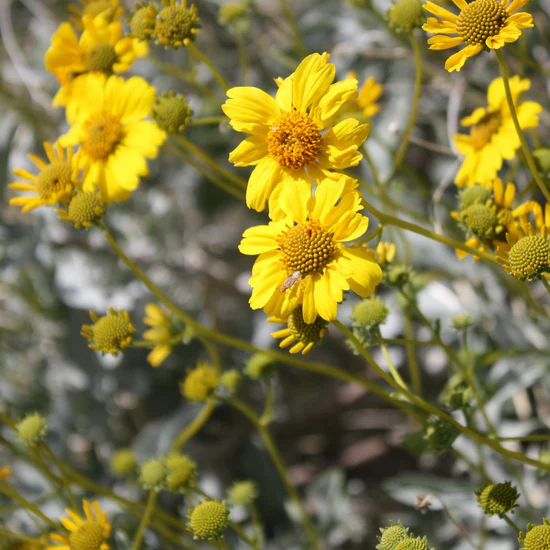
9. Brittlebush (Encelia farinosa)
Brittlebush is a resilient, sun-loving shrub that brings cheerful, daisy-like yellow flowers to dry landscapes in spring. Its silver-gray, aromatic leaves reflect sunlight, helping the plant conserve water in intense heat. Brittlebush thrives in sandy, gravelly soils and requires little maintenance. It’s often used along roadsides and natural desert gardens for erosion control and habitat restoration. Besides adding color, Brittlebush attracts native pollinators and makes a striking backdrop to cacti and other succulents.
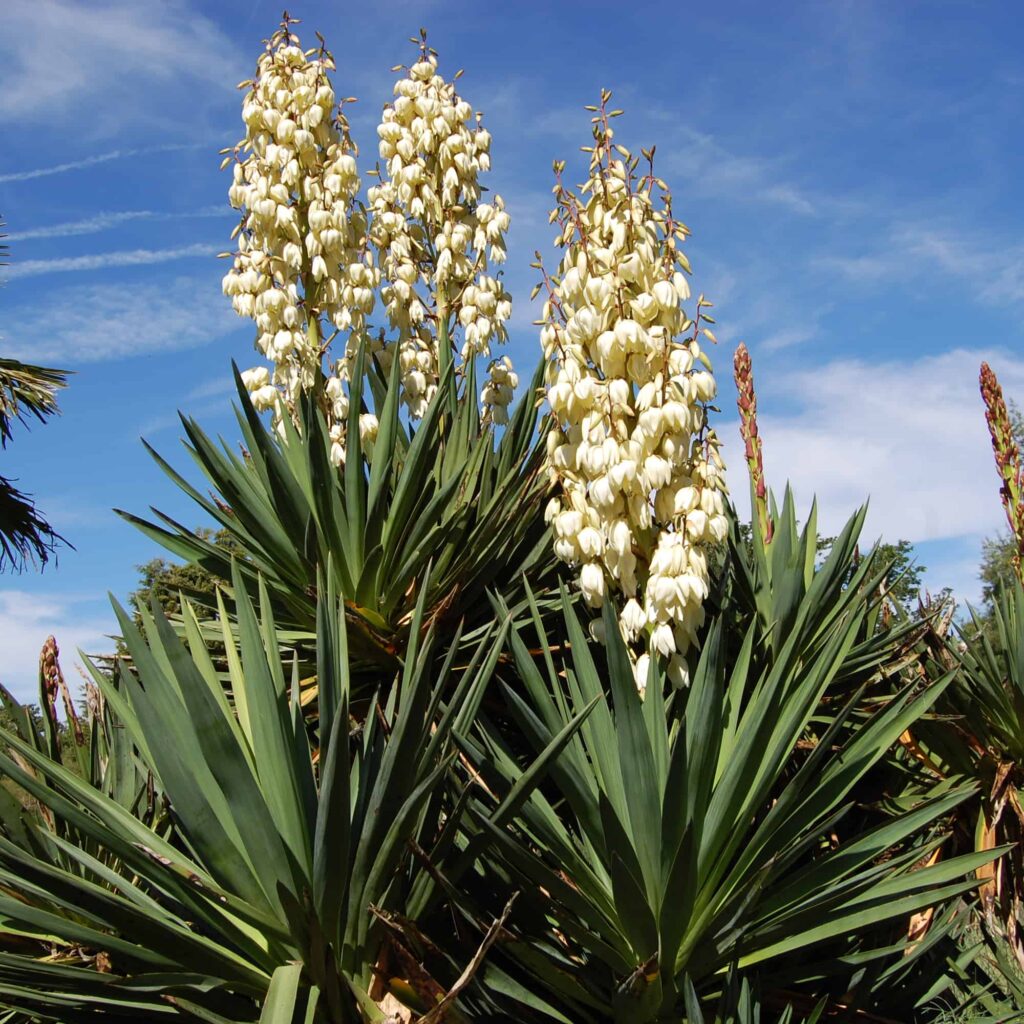
10. Yucca (Yucca spp.)
Yuccas are striking, drought-tolerant plants known for their sword-like leaves and tall, dramatic flower spikes. With various species ranging from compact shrubs to towering specimens, yuccas are versatile additions to dry gardens. Their creamy white, bell-shaped flowers bloom in late spring or summer, often attracting moths and hummingbirds. Yuccas prefer well-drained soil and full sun and are virtually maintenance-free once established. Their bold form and texture make them perfect for modern, minimalist, or desert-themed garden designs.
Final Thoughts:
A dry garden filled with desert plants can be just as vibrant, dynamic, and colorful as any traditional landscape. These tough, beautiful species not only withstand heat and drought but also add sculptural drama, interesting textures, and seasonal color to your outdoor space. Mix and match these ten desert plants to create a stunning, eco-friendly garden that thrives with minimal effort.
